Slip, slop, slap and wrap – staying smart in the sun
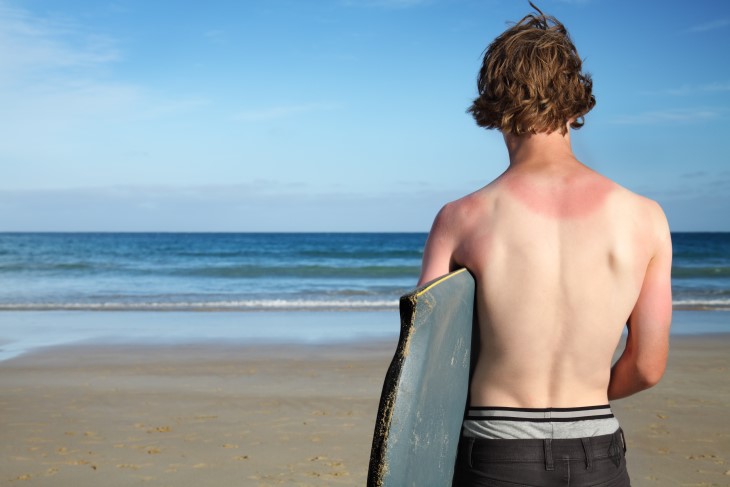
A long hot summer is expected across New Zealand over the next few months, so we’re joining the Cancer Society in encouraging people to think about sun protection, both for themselves and their whānau.
In the past five years, we’ve accepted 295 claims for sunburn-related injuries. These injuries have come at a cost of almost $400,000.
But the long-term cost is much more significant, with the Cancer Society reporting the total cost of treating skin cancers is estimated to be more than $180 million annually. This is around 20 per cent of the total cost of treating all cancers in New Zealand.
ACC accepted 87 sunburn-related injury claims in 2021 and 83 in 2022. That’s about twice as many as in the previous three years – a significant increase for a preventable injury.
ACC Injury Prevention Leader James Whitaker says those numbers might not sound significant but the injuries are serious enough for the person to seek medical treatment.
“In Aotearoa, we know we need to respect the sun,” James says.
“It’s important to ‘Slip, Slop, Slap and Wrap’ this summer. We all need to protect our skin and eyes from the sun’s damaging ultraviolet (UV) rays so we can keep enjoying what we’re doing.”
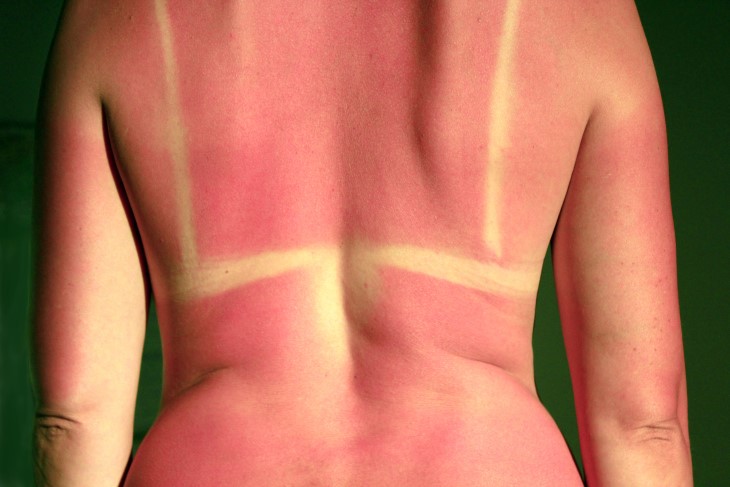
The danger of UV rays
It’s not just scorching hot days that bring danger from the sun.
“We need to remember UV rays can be high even on cool days,” James says.
“More people are sunburnt on the face and neck than any other part of the body so it’s important to keep that in mind.
“Sunburn at any age can increase your chance of developing skin cancer later in life. So we’re also encouraging parents to be active in how they’re looking after their tamariki (children) this summer.”
James recommends people avoid being outside when the UV levels are high. The UV Index (UVI) is a good guide for people on when to use sun protection, based on their location.
There’s also a free UVNZ app that can be downloaded on your smartphone this summer.
“If it’s unavoidable to be out in the sun, make sure you’re well protected,” James says.
“Also, reflective surfaces like concrete, water and sand can catch us out so we need to be aware these can increase UV exposure.”
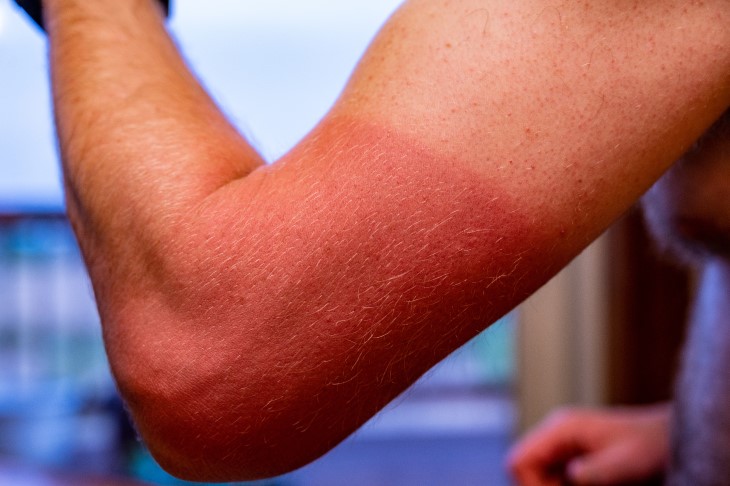
Down under countries hit hard by sun
ACC data shows males are slightly more likely to claim for a sunburn-related injury than females.
Over the past two years, the 10 to 19 years age group has had the most sunburn-related claims, accounting for 30 per cent.
In 2022, Auckland (28 per cent) had the most sunburn-related claims, ahead of Waikato, Wellington and Canterbury (all 10 per cent).
Although skin cancers are largely preventable, they’re New Zealand’s most common type of cancer.
Australia and New Zealand have the highest rates of melanoma in the world.
Each year, nearly 3,000 New Zealanders are diagnosed with invasive melanoma, a particularly serious form of skin cancer, and there are over 90,000 new cases of keratinocytic (non-melanoma) skin cancers.
Around 500 New Zealanders die from skin cancers annually.
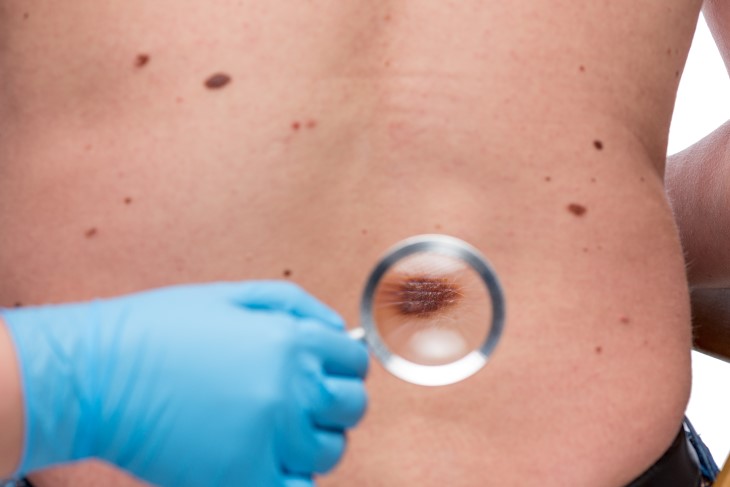
Solving a growing problem
Skin cancer rates are projected to rise, largely due to New Zealand’s ageing and growing population, and this presents growing public health and economic challenges.
Along with the personal costs, substantial public healthcare resources are consumed in managing skin cancer.
Prevention is by far the most effective and simplest way of reducing the number of skin cancer cases and deaths.
The Cancer Society runs the SunSmart Schools Programme which teaches our tamariki the importance of sun safety and the need to look after their skin.
The Cancer Society also promotes the installation of shade by local councils in outdoor areas often visited by children, including parks and playgrounds. Many councils are now also incorporating shade into the development or upgrade of playgrounds.
This will help ensure our tamariki are well protected from the sun and far less likely to get sunburnt while they’re enjoying active play.
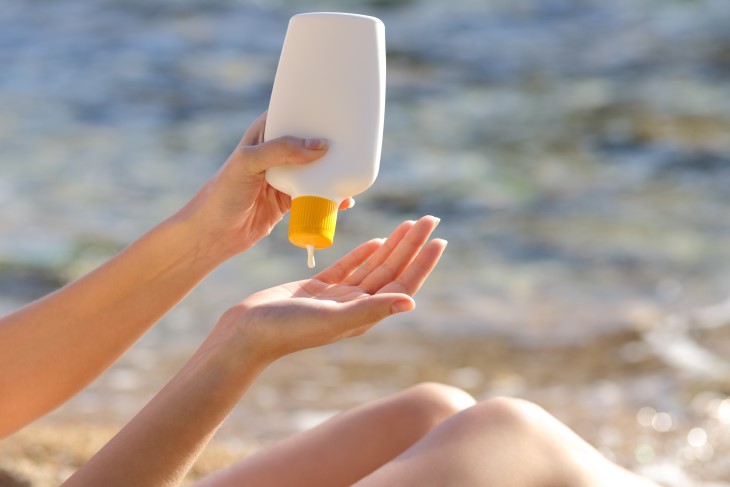
Be SunSmart this summer
- Slip on clothing – Wear clothing that covers as much skin as possible, such as a top with a collar and long sleeves, trousers, or long shorts or skirts. Fabrics with a tighter weave and darker colours will give you better protection from the sun.
- Slip into shade – Seek the shade of a leafy tree, building or shade sail. Plan your outdoor activities for early or later in the day when the sun’s UV levels are lower.
- Slop on sunscreen – Use plenty of broad-spectrum, water-resistant sunscreen of at least SPF 30. An average-sized adult needs a teaspoon of sunscreen for their head and neck, each limb and for the front and the back of the body. Apply 20 minutes before going outside and reapply every two hours, or after being in water or sweating.
- Slap on a hat – Wear a hat with a wide brim or flaps covering the ears and neck. More people are sunburnt on the face and neck than any other part of the body.
- Wrap on sunglasses – Choose close-fitting, wrap around-style sunglasses. Not all sunglasses protect against UV radiation, so always check the label for the sun protection rating.
More information is available on the UVNZ app.





